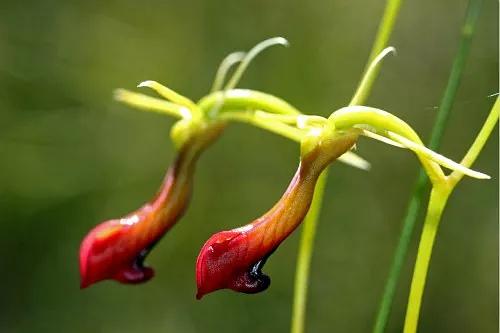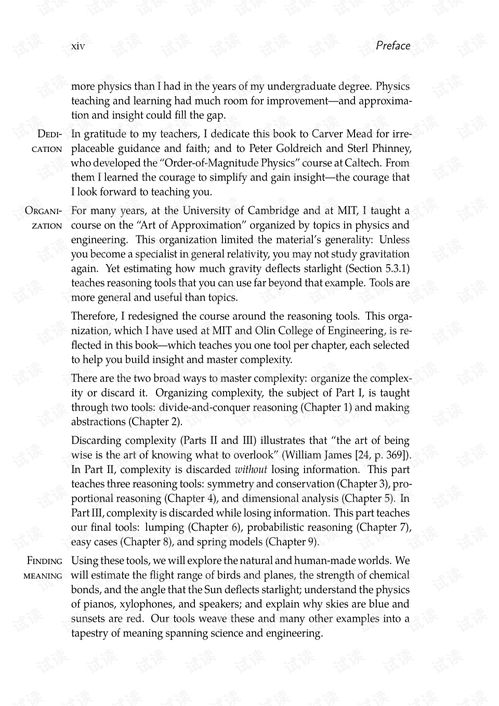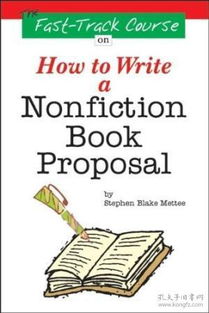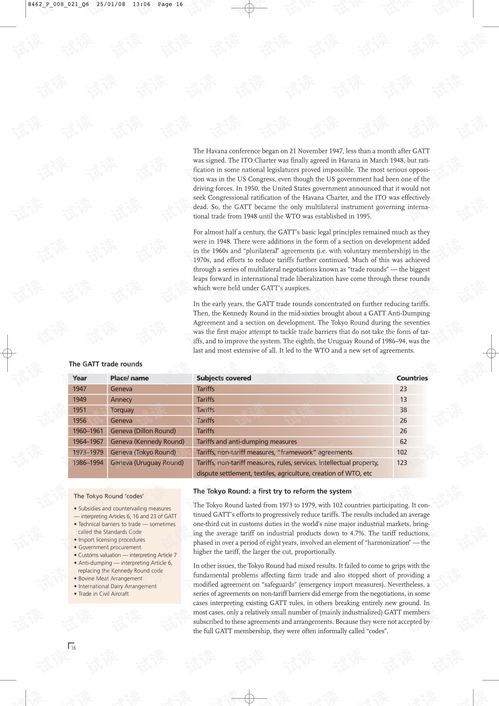In the world of angling, the humble earthworm has long been a favorite bait for many anglers. Its natural appeal to fish and ease of use make it a go-to choice for both beginners and seasoned anglers alike. However, to truly excel in蚯蚓fishing, it's essential to understand how to properly adjust the bait float, or bobber, to ensure the best possible results. This article delves into the art of蚯蚓fishing and provides a comprehensive guide on how to master the technique of adjusting the bait float.
Understanding the Basics of蚯蚓Fishing
蚯蚓fishing, also known as worming, is a method where anglers use live or dead earthworms as bait. These worms are typically placed on a hook and then cast into the water. The bait float, or bobber, is a crucial component in this technique, as it allows anglers to detect when a fish has taken the bait.
The bait float is a small, buoyant device that sits on the water's surface. It is connected to the line via a leader, which is a length of monofilament or fluorocarbon line that connects the float to the hook. The float is adjusted to a certain depth based on the angler's preferences and the conditions of the fishing spot.
Choosing the Right Bait Float
The first step in mastering蚯蚓fishing is to choose the right bait float. There are various types of floats available, each with its own design and purpose. Here are some common types:
- Sliding Floats: These floats have a sliding collar that allows the angler to adjust the depth by moving the float up or down the line.
- Fixed Floats: As the name suggests, these floats are fixed in place and cannot be adjusted.
- Sinker Floats: These floats have a built-in weight that allows them to sink to a specific depth before floating back up.
For蚯蚓fishing, sliding floats are generally the most versatile and popular choice. They allow for easy adjustments and can be used in a variety of fishing conditions.
Adjusting the Bait Float: A Step-by-Step Guide
Assess the Conditions: Before adjusting the float, it's important to consider the fishing conditions. This includes the water depth, current, and the type of fish you're targeting. For example, if you're fishing in a shallow lake with little current, you may want a float that sits closer to the surface.
Choose the Right Leader Length: The length of the leader can greatly affect how the float behaves. A longer leader can result in a more sensitive float, while a shorter leader can make the float more stable. Experiment with different lengths to find what works best for your fishing situation.

Attach the Float to the Line: Thread the line through the float's hole and tie a secure knot, such as a Palomar knot or a improved clinch knot. Make sure the knot is tight and won't come undone when the float is submerged.
Adjust the Float's Position: If you're using a sliding float, position it at the desired depth. If you're using a fixed float, make sure it's properly centered on the line.
Attach the Hook and Worm: Slide the hook through the worm and attach it to the line. The worm should be positioned at the end of the leader, just above the float.
Test the Setup: Before casting, give the line a gentle tug to ensure everything is in place. The float should remain stable and not move excessively.
Fine-Tuning Your蚯蚓Fishing Technique
Once you have your float adjusted, it's time to focus on the fishing technique itself. Here are some tips to help you improve your蚯蚓fishing:
- Cast Carefully: Avoid casting too hard, as this can spook fish. A gentle, accurate cast is often more effective.
- Watch the Float: Pay close attention to the float. Even the smallest movements can indicate a fish has taken the bait.
- Adjust as Needed: If you notice the float is not behaving as expected, take a moment to adjust the float's position or the leader length.
- Use the Right Worm: Different types of worms work better in different conditions. Experiment with different sizes and types to see what works best for the fish you're targeting.
Conclusion
蚯蚓fishing is a timeless technique that has stood the test of time. By mastering the art of adjusting the bait float, you can significantly improve your chances of success on the water. Remember to choose the right float, adjust it to the right depth, and fine-tune your technique. With practice and patience, you'll be well on your way to becoming a proficient蚯蚓fisherman. Happy fishing!












